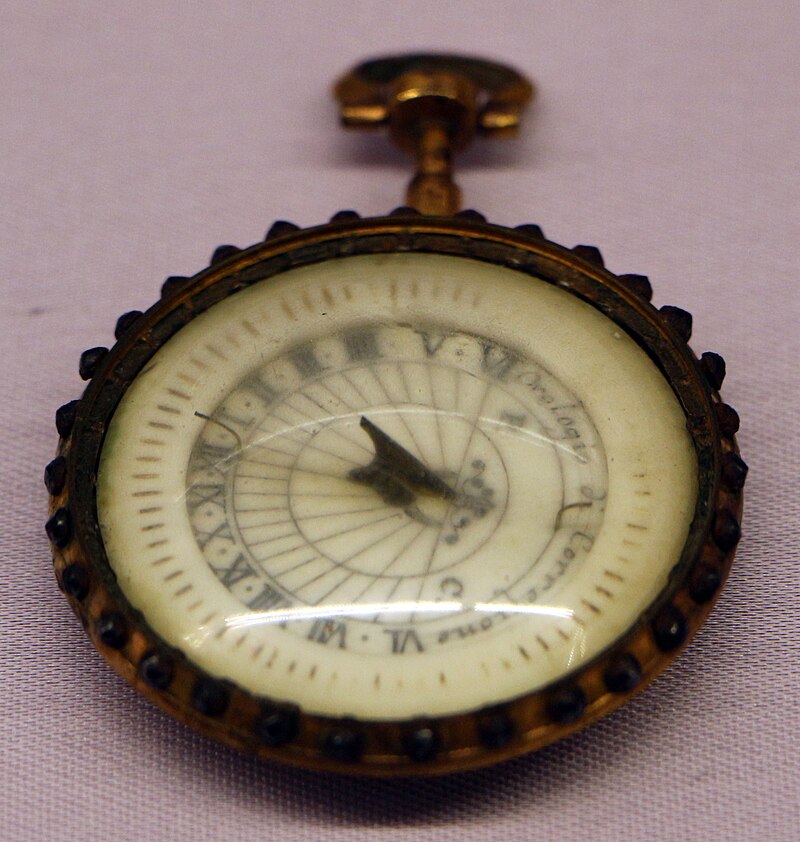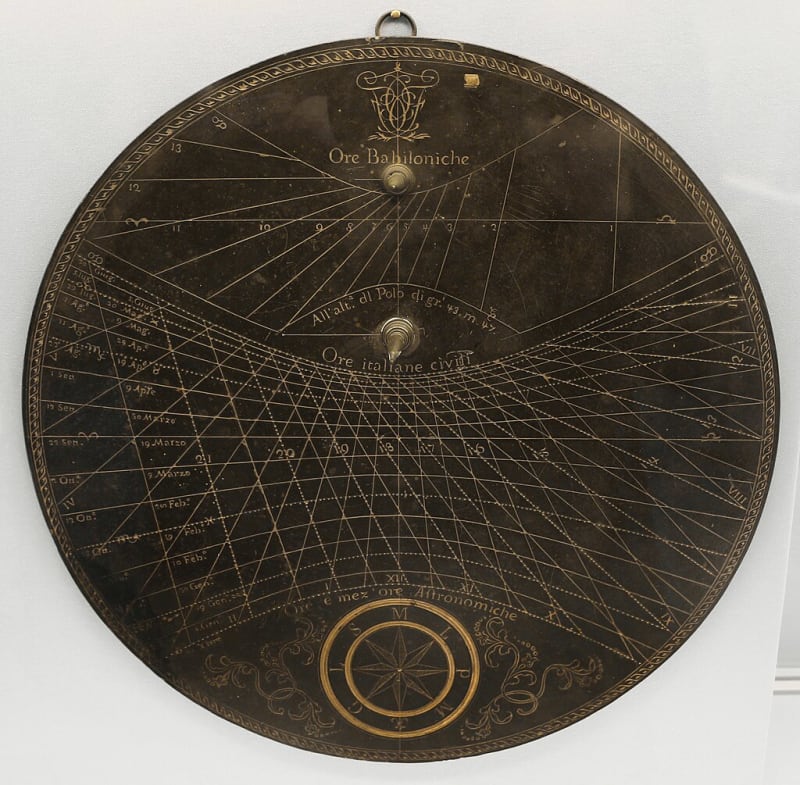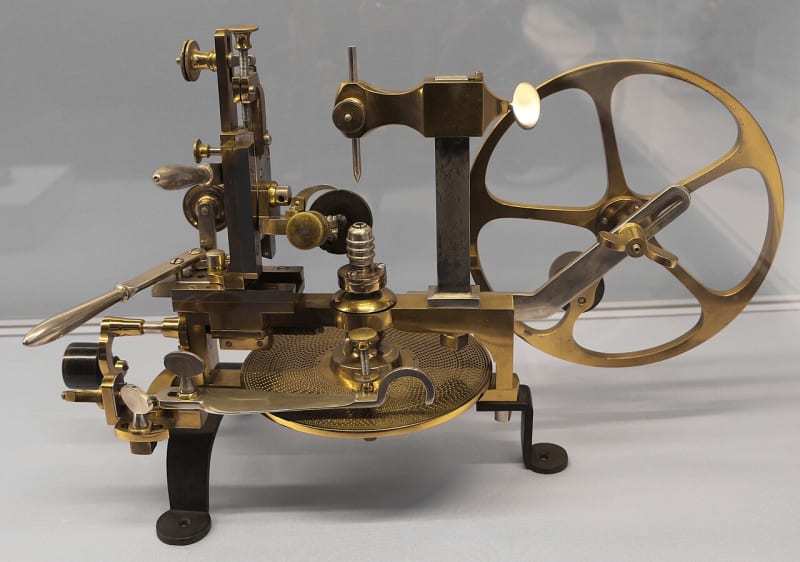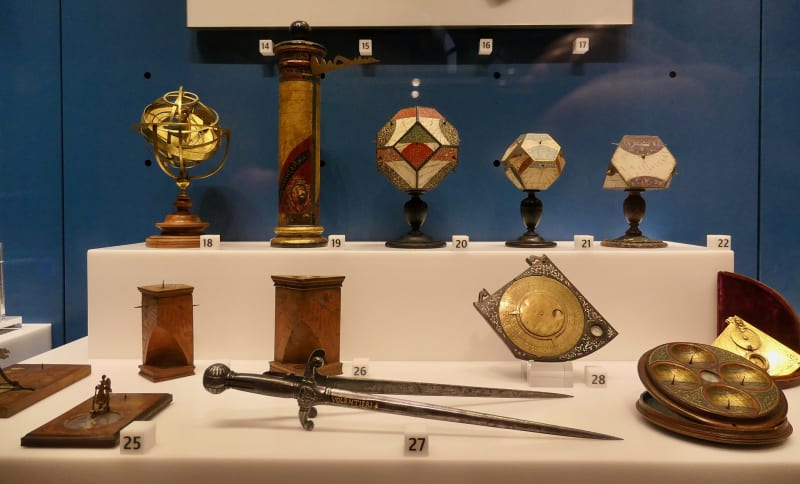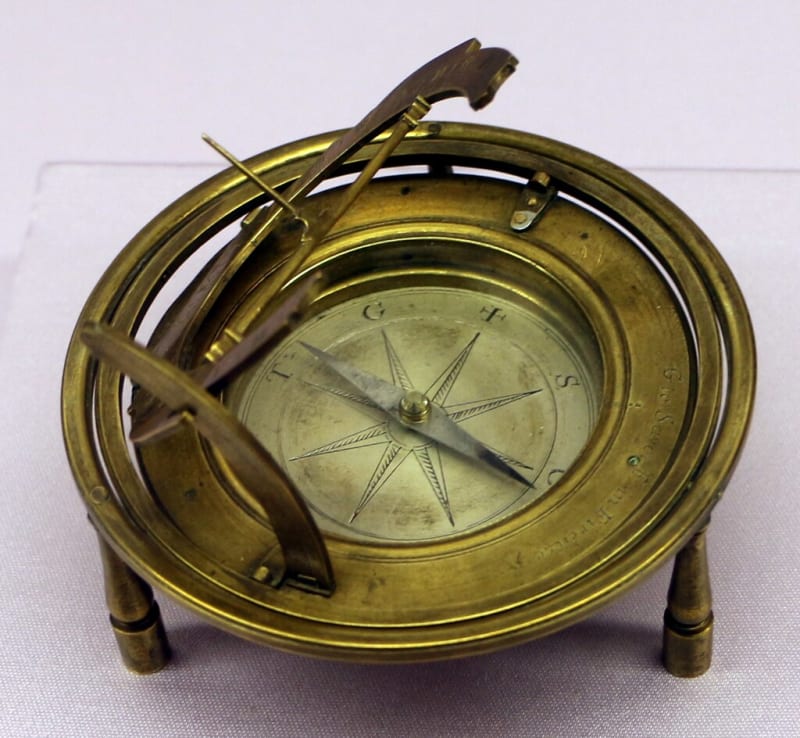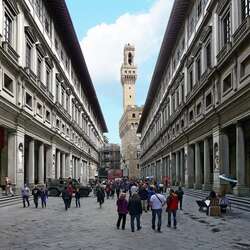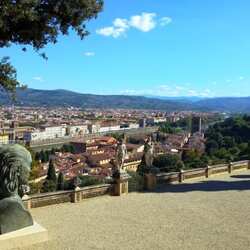Galileo Museum
The Galileo Museum is one of the most famous museums not only in Florence, but throughout Italy. The exhibition is located in the ancient Castellani Palace, built in the 11th century. For a long time it was called the Institute of the History of Science. Today it is a scientific and technical museum, which owns one of the most important collections of scientific instruments in the world, they prove the connection between the activities of the Medici family and the Dukes of Lorraine with the development of science and technology.

History of creation
The Galileo Museum was founded by Duke Cosimo de' Medici, who began collecting original instruments and unusual devices. But for a long time, the exhibits were not available to the general public, accumulating in the rooms of the palace. The first time scientific curiosities were exhibited in the Uffizi Gallery was only two centuries later. Later, the collection was moved to the Museum of Zoology. It was only in 1930 that the Museum of Science was founded, where a fairly large collection had already moved. Today, the Galileo Museum boasts the largest collection of scientific instruments, collected over several centuries by two of Florence's greatest families: the Medici and the Lorraines.
Short description
The Galileo Museum begins with the famous sundial, which can correctly identify noon at any time of the year. In total, the museum occupies 18 halls spread over two floors. In addition to the exhibits, there is a library containing works on mathematics and physics written by Renaissance scientists, as well as modern researchers.

The museum also has a state-of-the-art digital application laboratory, which helps preserve priceless works of ancient technology and science for centuries. On the ground floor there is the Medici collection, which houses Galileo's belongings (including telescopes and lenses) and rare artifacts from the XV-XVII century. The second floor presents exhibits from a later period: the Lorrains had already collected them. There are chemical kits, electromagnetic devices, the first mechanical and medical devices, microscopes and compasses. At the same time, most of the exhibits are in working condition and represent real works of art. In those days, it was customary to decorate individual copies with precious stones, engravings, and exquisite carvings and not always use them for their intended purpose.
Museum Features
There is a cozy bookstore at the end of the Galileo Museum's exposition. International meetings and temporary exhibitions are organized on the third floor. It will take at least two hours to inspect all the exhibits. Modern technologies make it possible to obtain information about each exhibit in any language using barcodes, so it is quite possible to do without a Russian-speaking guide. You can also download the mobile application on the museum's official website.
Visiting the Galileo Museum will be useful for both young tourists and their parents and older relatives. And for young visitors, the lessons of ancient crafts are of additional interest, in which you can take a direct part.

